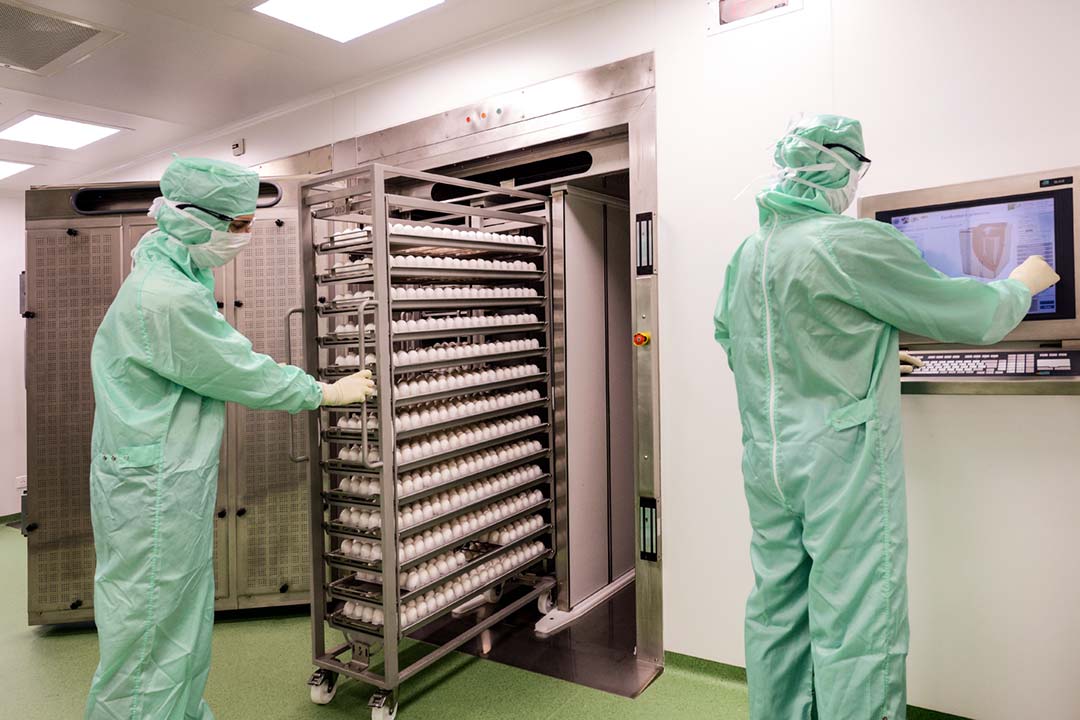Why Africa’s critically ill COVID-19 patients have the world’s highest death rates
Death rates on the continent are higher than Asia, Europe, North America or South America, in large part because of a lack of resources and underuse of resources that do exist.
- 21 May 2021
- 3 min read
- by Priya Joi

What is the research about?
In 2020, countries across Africa and Asia seemed to be less affected by COVID-19 than Europe or the United States, but there have been few in-depth analyses of data, particularly across Africa. In this paper in The Lancet, researchers look at death rates in critically ill patients with COVID-19 in Africa, predicting they might have worse health outcomes than in other continents because of fewer intensive care facilities and less ability to provide critical care, in part because of a smaller workforce.
What did the researchers do?
Researchers in the African COVID-19 Critical Care Outcomes Study (ACCCOS) undertook a study of 64 hospitals in 10 countries (Egypt, Ethiopia, Ghana, Kenya, Libya, Malawi, Mozambique, Niger, Nigeria and South Africa). They looked at death rates in adults in the 30 days after they were admitted to critical care with suspected or confirmed COVID-19. They looked at factors associated with mortality including resource availability and use, comorbidities and critical care interventions used.
What did they find?
They found that critically ill patients with COVID-19 were much more likely to die in African countries than in Asia, Europe, North America or South America. Between May and December, 2020, around half (3,752/6,779) of patients with suspected or confirmed COVID-19 infection referred to critical care were admitted. Of those, 3,140 patients participated in the study. A month later, half (48%) of those had died, significantly higher than the global average of 31.5%. Older people or those with underlying conditions such as HIV/AIDS, diabetes, chronic liver disease or kidney disease were at much higher risk of dying.
A major reason for the higher death rate was a shortage of beds, equipment or other resources. Half of patients died without being given oxygen – only 86% of critical care units were able to monitor blood oxygen levels.
Have you read?
But underuse of resources was also a major issue – 68% of hospitals had access to renal dialysis and only 10% of severely ill patients received it even though acute kidney failure can happen in 90% of patients admitted to intensive care. Similarly, 17% of hospitals had access to ECMO (extracorporeal membrane oxygenation, used to oxygenate blood), but although it has been shown to be valuable for COVID-19 patients with respiratory failure, it was offered to less than 1% of patients.
What does this mean?
The fact that only half of patients referred to critical care could be admitted indicates that critical care units are working at full capacity. Resource shortages clearly play a major role, but the fact that existing resources were extremely underutilised points to a lack of capacity or understanding of how to best to use them, suggest the authors.
In an accompanying comment piece, researchers from Makerere University in Uganda say that it is important to think beyond simply providing more resources to countries in Africa. In 2017, they say, “40% of medical equipment in Africa was out of service, 80% of medical equipment was donated, 70% to 90% of donated equipment were never operationalised, and only two African countries had professional biomedical engineers.”








